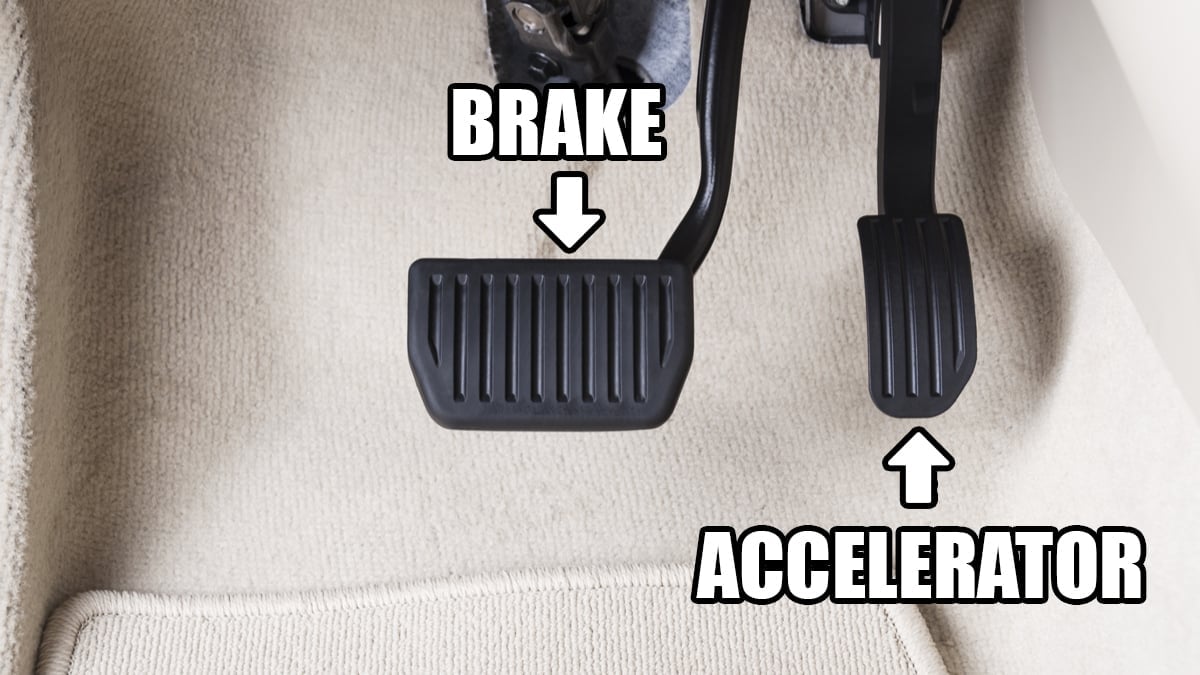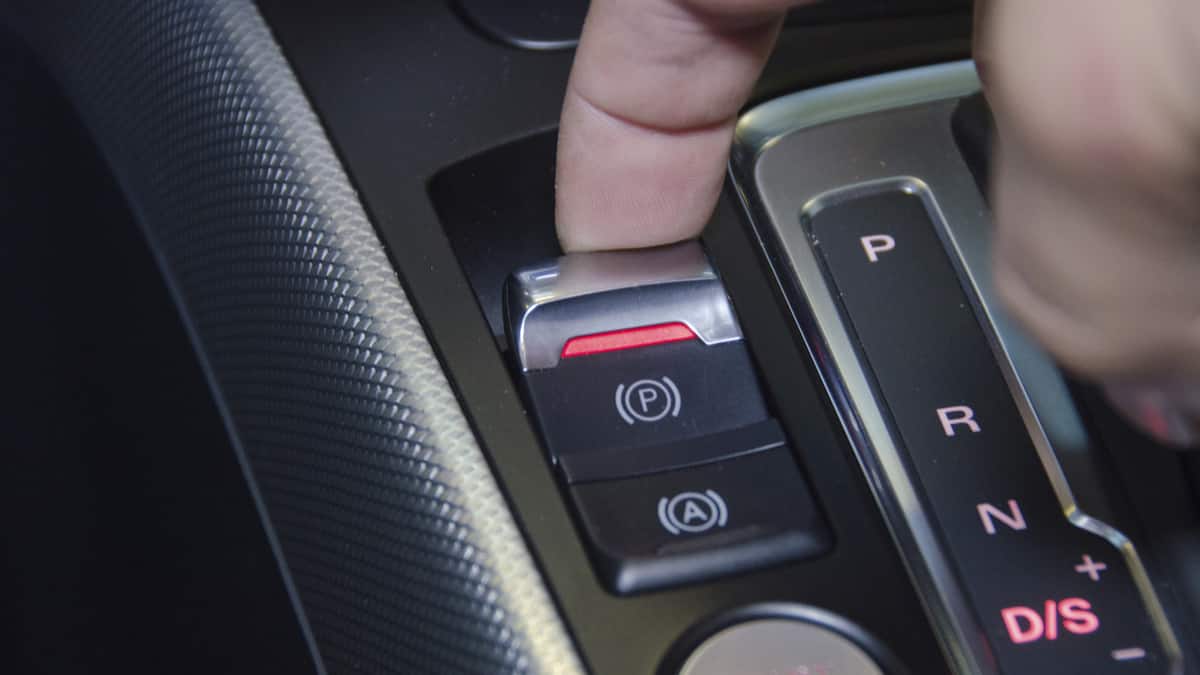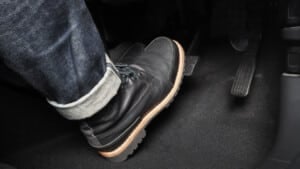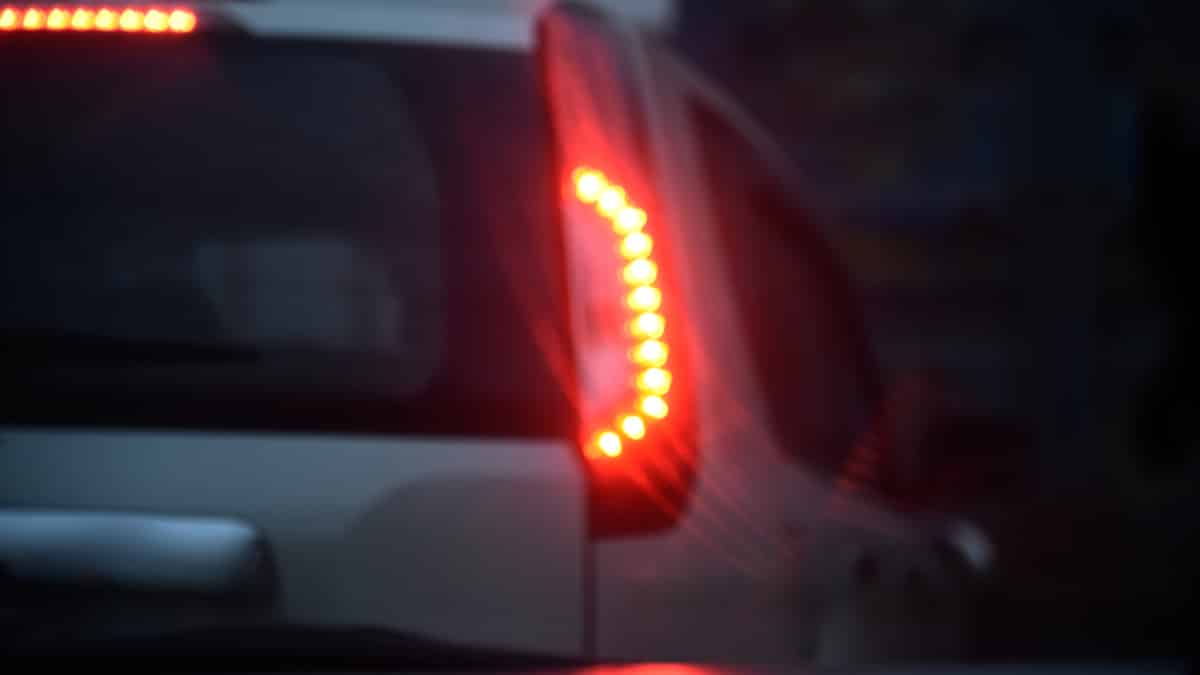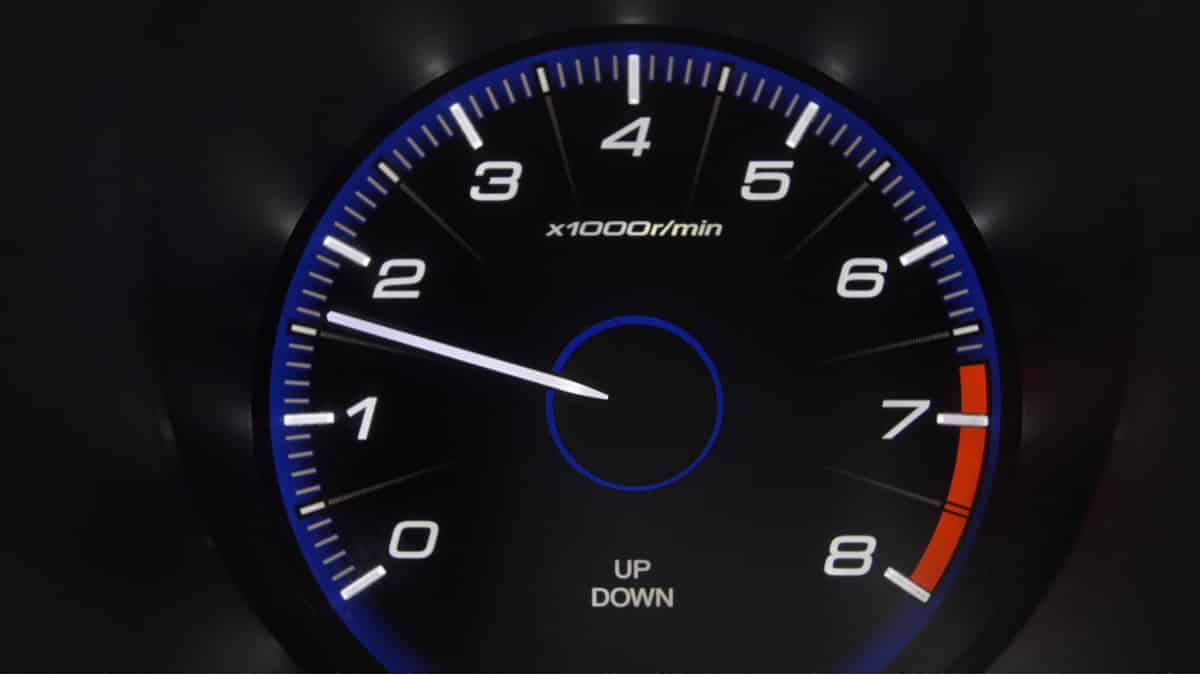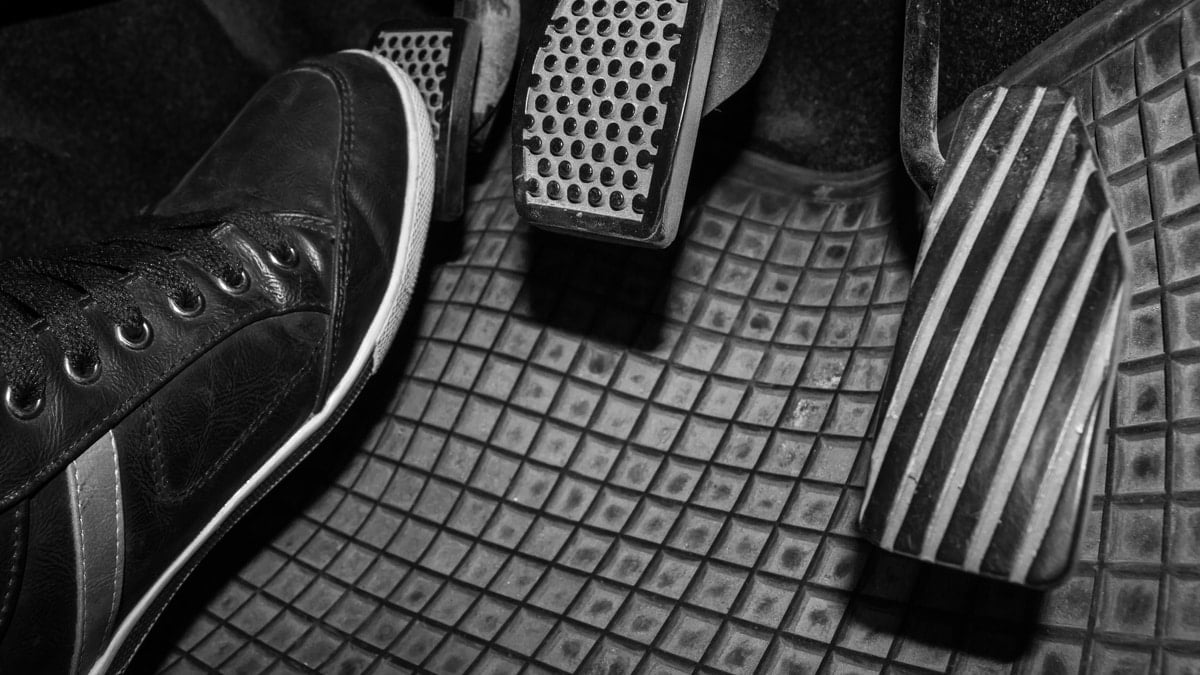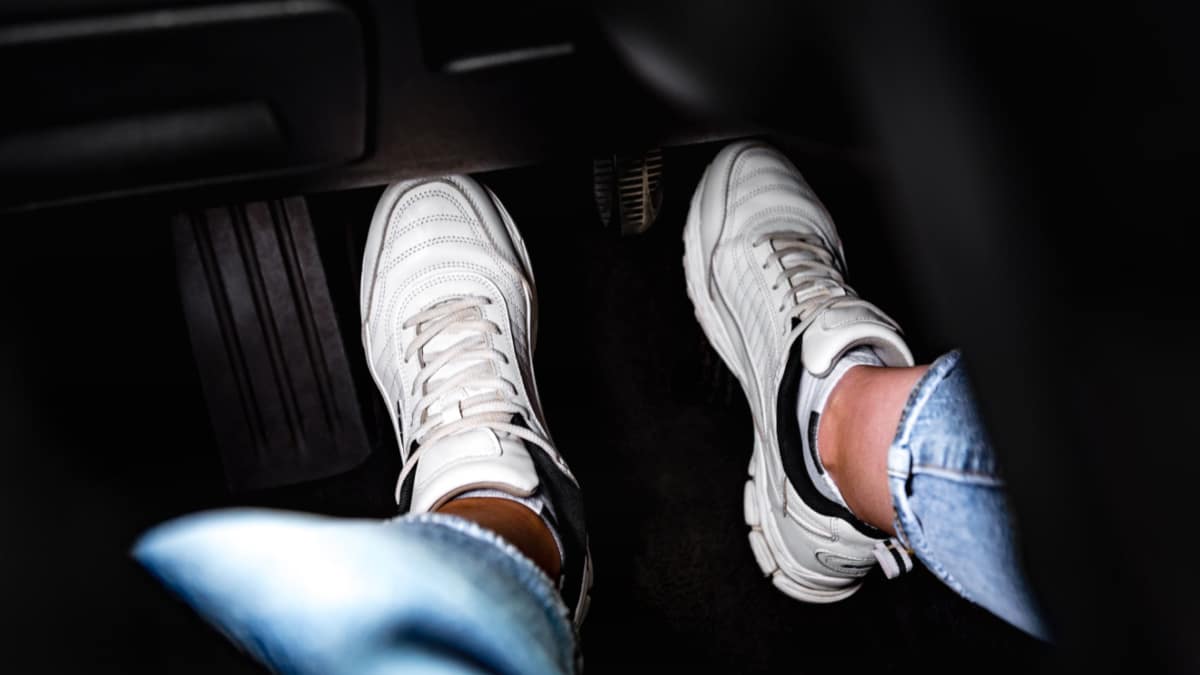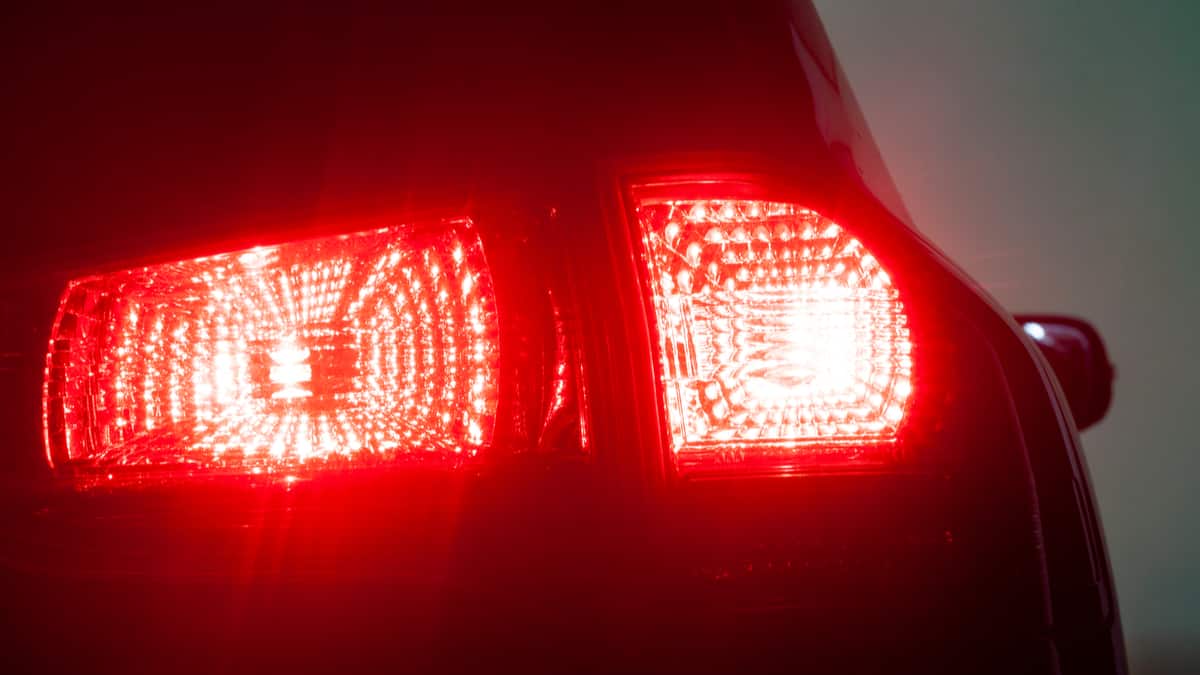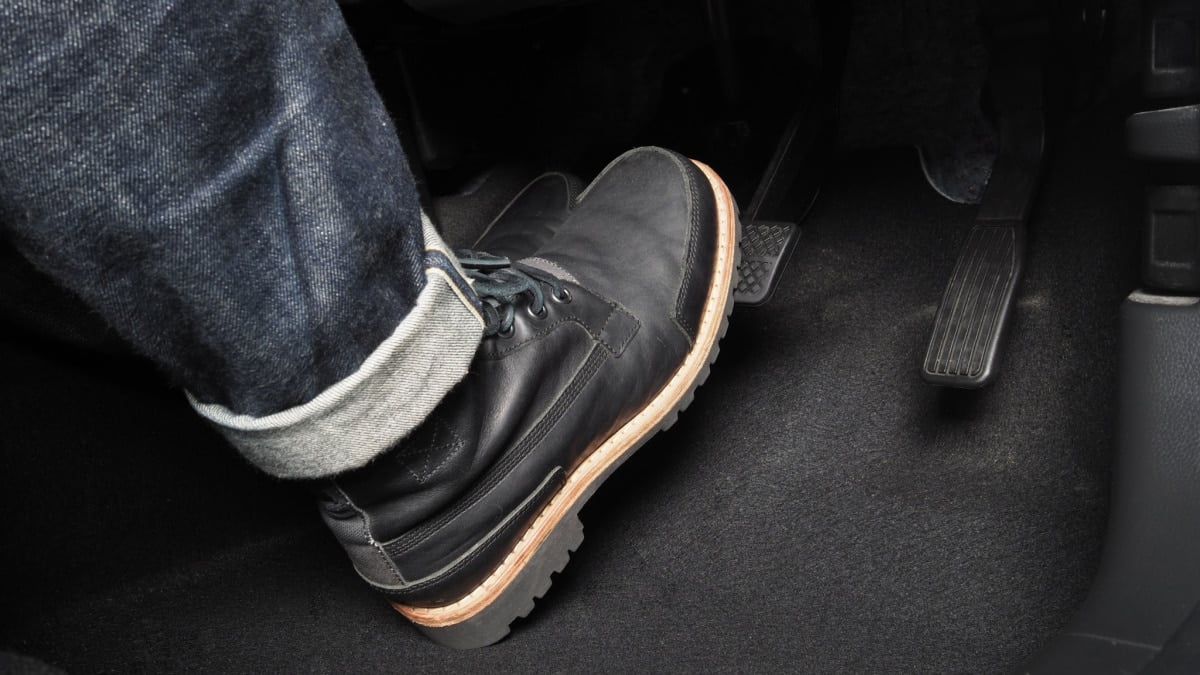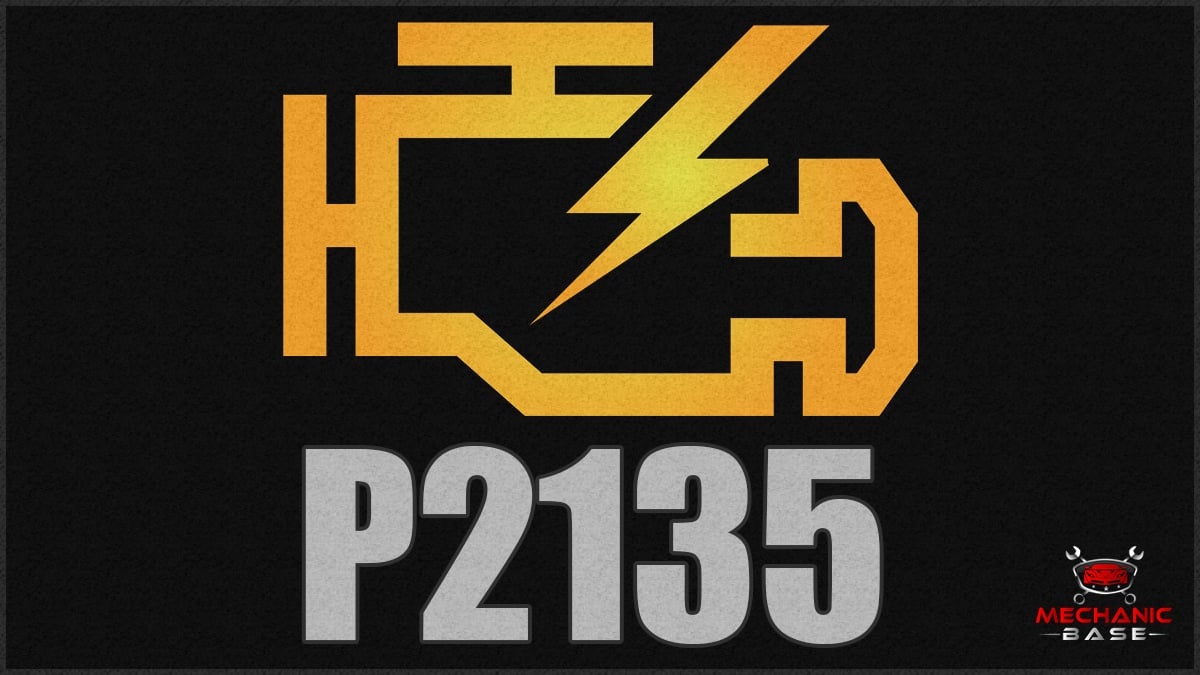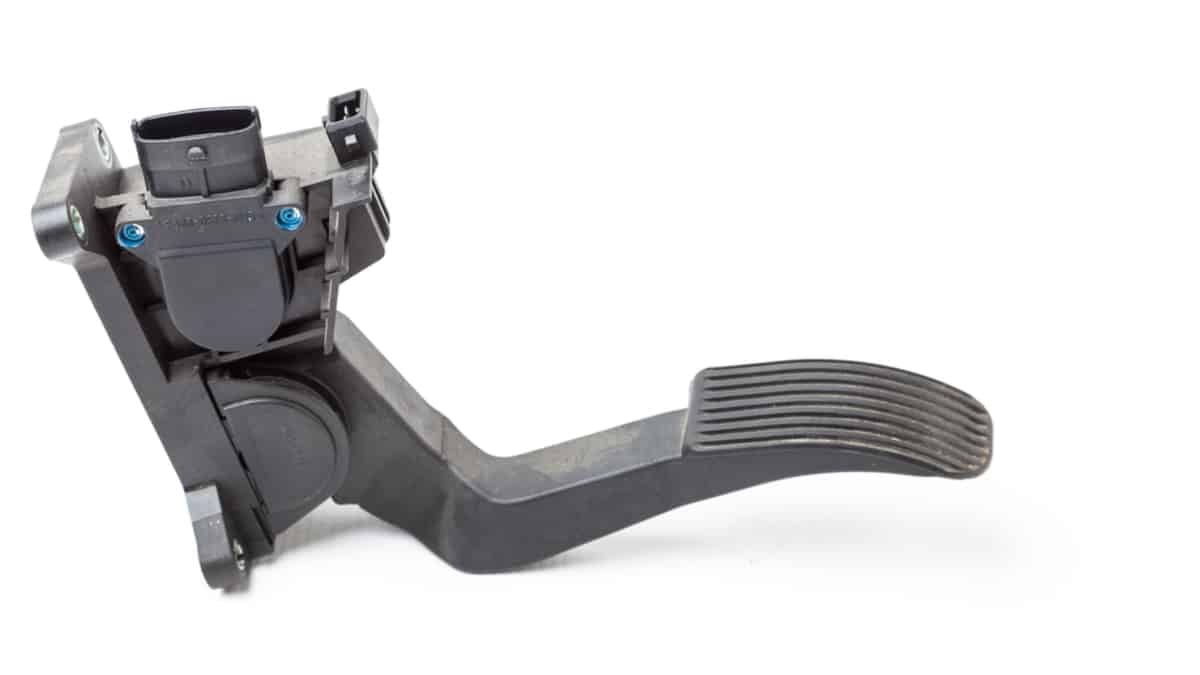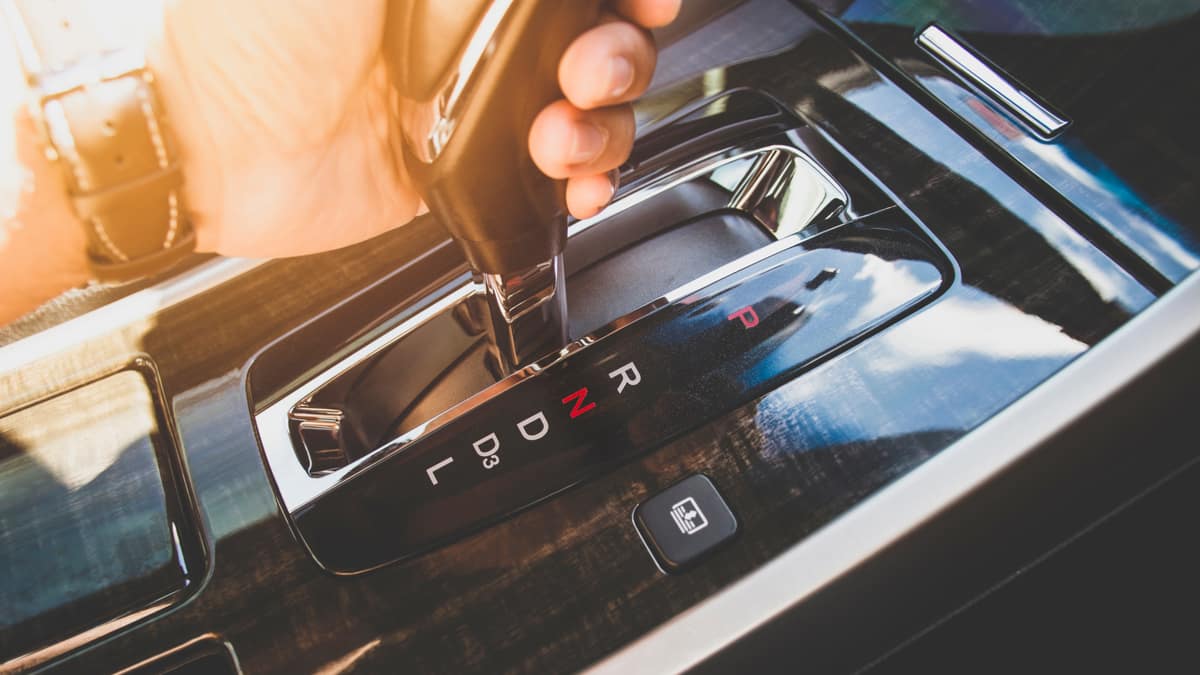As a new driver or someone that is just getting into a vehicle with an automatic transmission, you might be confused about how the pedals work. Which pedal is the brake in an automatic car, and how is it used?
In your automatic vehicle, you’ll notice two pedals. The accelerator is on the right, and the brake is on the left. It’s always this design, whether you are driving in America, or overseas, where cars are situated on the other side.
In this guide, I will look at how to use the brake pedal in an automatic transmission car. I also discuss driving with both feet and talk about the possibility of a third pedal.
What Foot Do You Use to Brake in an Automatic?
The correct way to drive an automatic car is to use your right foot. This foot will be used to accelerate or brake at different times. You should never need to accelerate and brake at the same time, leaving your foot free to do what it needs to. However, some people rely on using both feet.
RELATED: What Does D3 Gear Mean in Automatic Cars?
Can You Use Both Feet with an Automatic Car?
No. You shouldn’t drive with both feet in an automatic car. If you choose to do so anyway – using your left foot for braking and your right foot for accelerating – you could accidentally step on both pedals at the same time. This issue could cause you to lose control over the vehicle and possibly cause an accident.
If you drive a manual transmission car, the left foot is used to operate the clutch. Without a clutch in an automatic vehicle, there’s no reason to use your left foot anymore. If you are driving normally, you will use your right foot to accelerate and brake at different times.
You also don’t want to use your left foot in an automatic car, because it teaches you bad habits. If you ever decide to drive a manual transmission vehicle, you will have much more trouble making the transition between the two.
Do Automatic Cars Have 3 Pedals?
If you are driving an automatic car, you might see something that appears to be a third pedal. However, under closer examination, you find that the pedal doesn’t do anything. Instead, this is known as a dead pedal. It’s designed to look like a functioning part, but is only designed to create a footrest for your left foot while you are driving.
If you put your foot there, you might be more comfortable, especially during a longer trip.
Do I Need to Push the Brake Pedal to Start an Automatic Car?
If you have a special proximity key or push-button start, you might be required to push the brake pedal to get the engine started. Otherwise, it’s not necessary to push the brake to crank the engine. Still, it might be a good idea to press it, just for peace of mind.
However, most cars today contain a shift lock that only allows the vehicle to start while in Neutral or Park, so you shouldn’t need to worry about rolling away unexpectedly.
Is the right or left pedal the brake?
The brake pedal is always the one on the left or in the middle, depending on whether it is a manual or automatic transmission. If it’s a manual car, the brake pedal is in the middle, and if it has an automatic transmission, it’s the one to the left. It is never the one on the far right – that one is always an accelerator pedal.
Also, some cars will have a smaller pedal on the side of the footwell, near the driver’s door. This can either be a hood release lever or, in some cases, a parking brake lever. Obviously, you won’t be pressing any of them while driving.
Is braking with the left foot illegal?
No. Braking with the left foot is not illegal, and there is no law anywhere saying anything about this. Drivers are taught to use the right foot for both the throttle and brake. This way, the left foot can operate the clutch if driving a car with a manual transmission.
However, even if you are driving an automatic, there is no reason to use the left foot for braking. It will take some time to get accustomed to, but you’ll probably be able to brake faster and smoother afterward.
Which pedal is the brake in a manual car?
The brake pedal in a manual car is in the middle. The throttle is always to the right, while the one all the way to the left is the clutch. In such a car, you’ll be using the left foot to push the clutch pedal while doing the throttle and braking with the right one.
Do you hold the clutch while stopped?
Yes. You have to press the clutch pedal all the way down when coming to a stop. This disengages the transmission, which needs to stop rotating, from the engine, which is still running. But keeping the clutch depressed for a longer time, such as when waiting at a traffic light, is not the best idea. Not only does this increase the stress on the clutch-release mechanism, but it’s also tiring for your left leg. So instead, shift your transmission out of gear and into neutral, and then release the clutch.
In a car with automatic transmission, the throttle is always to the right. The brake pedal is the wider one, just next to the throttle. Some automatic cars might have an additional pedal all the way to the left, near the door. This is either a hood release or a parking brake lever, which you won’t be pressing while driving. A vehicle with a manual transmission, however, has an additional pedal for operating the clutch. This pedal is to the left, and the brake is in the middle.
Learn more:
- Is The Gas Pedal On The Left Or Right?
- Stiff Clutch Pedal? (9 Causes & How to Fix It)
- 6 Signs of a Bad Accelerator Pedal Sensor (Replacement Cost)
- Brake Pedal Goes to Floor? (Causes & How To Fix)
Categories: Driving
